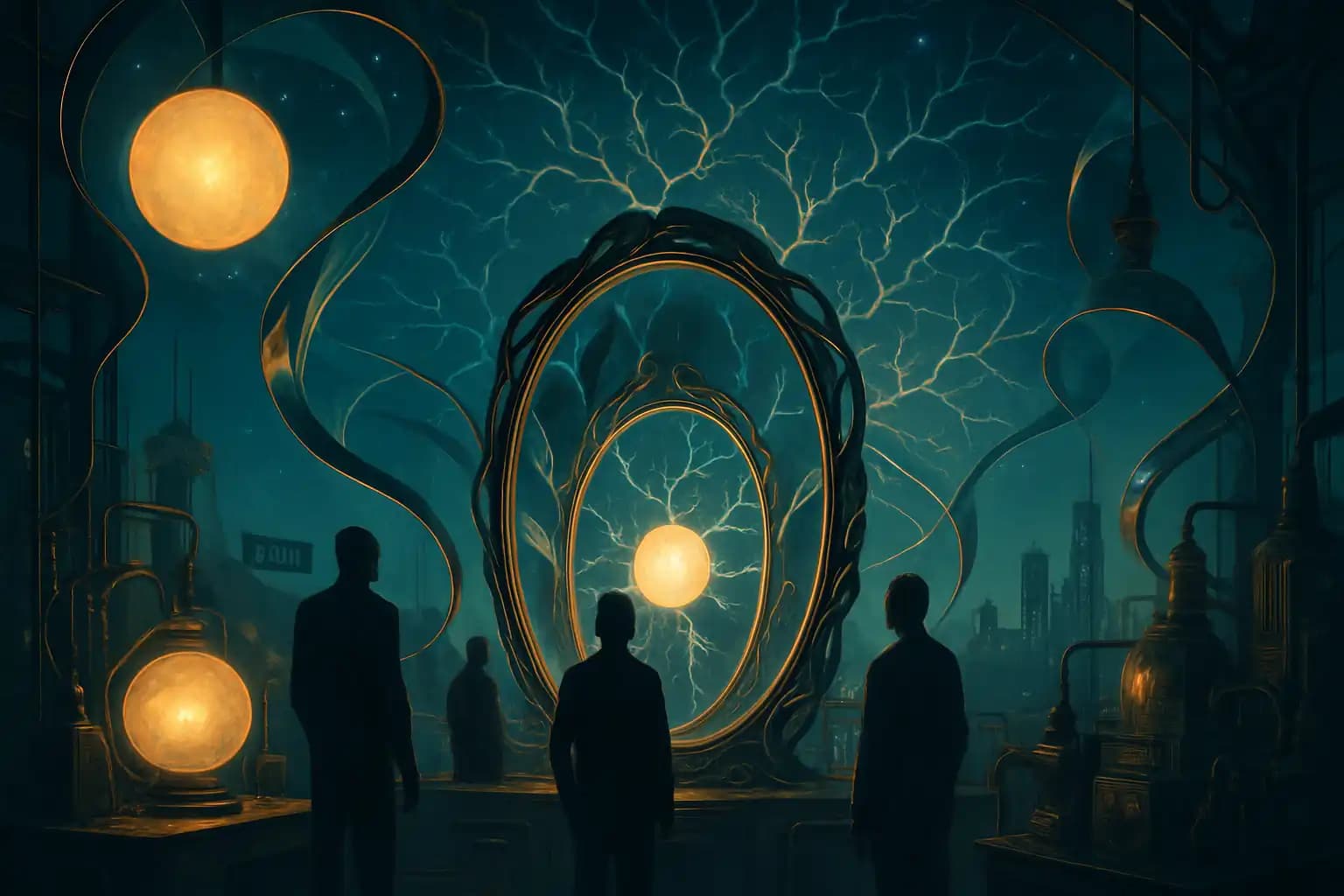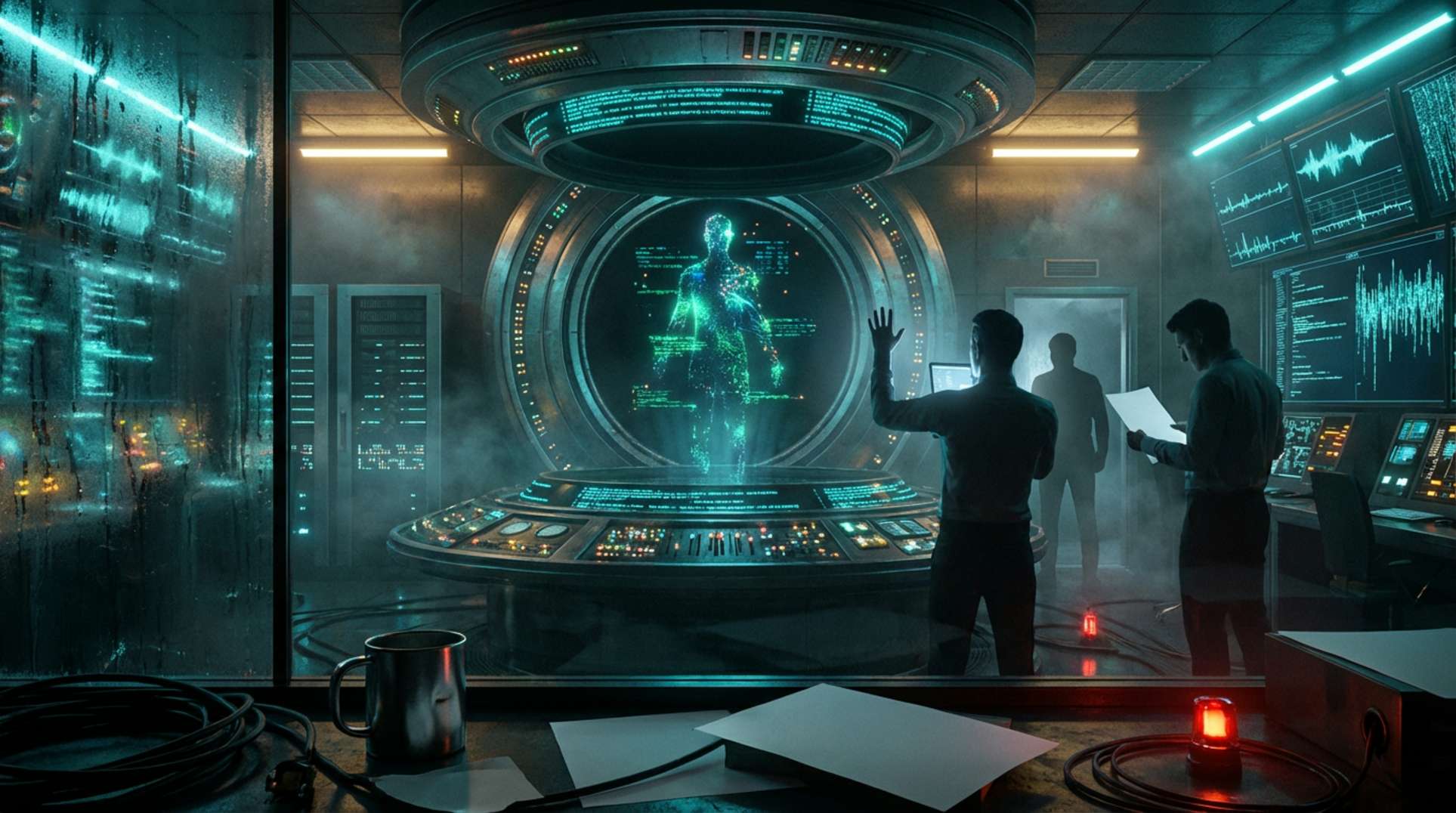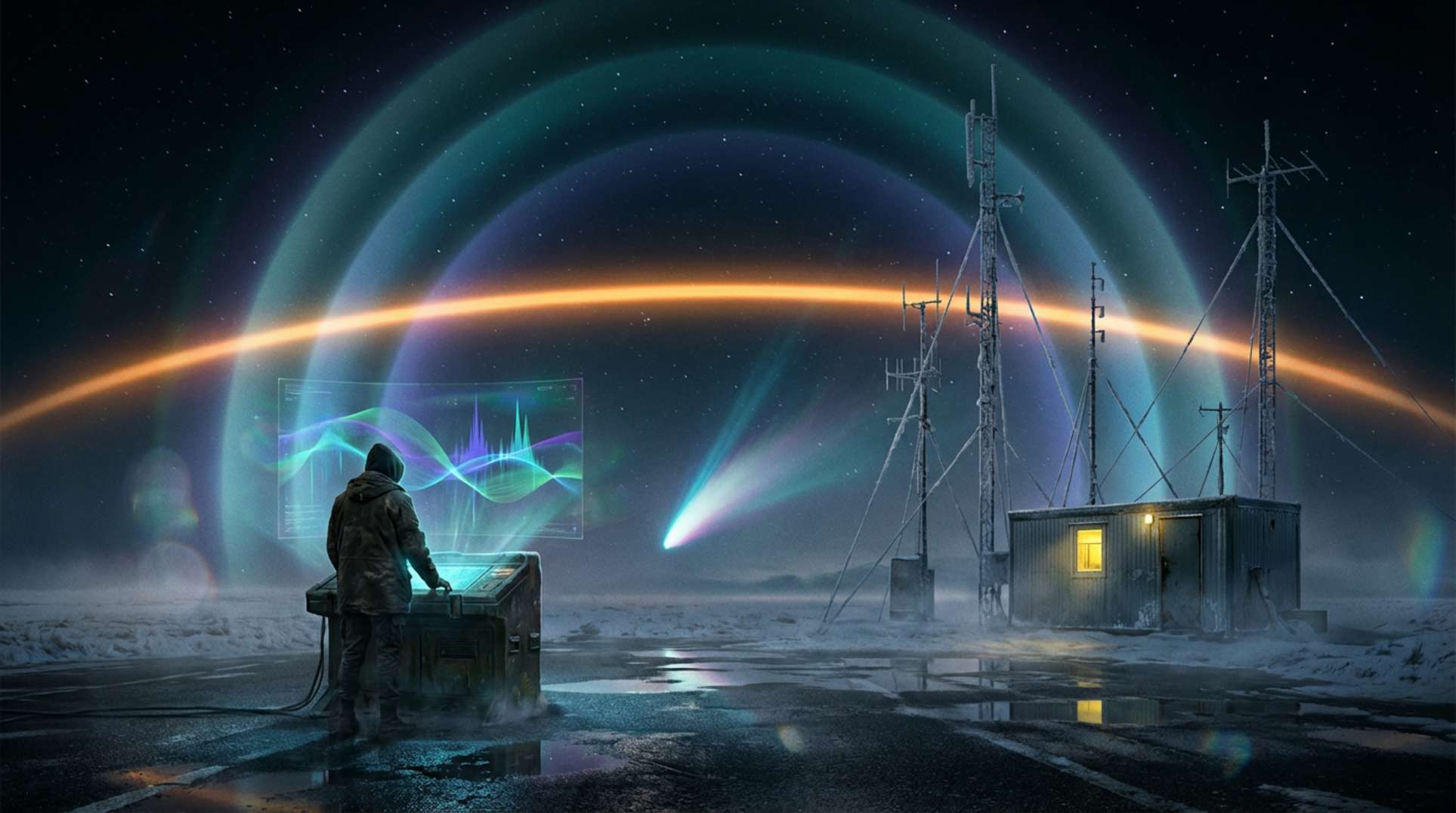The rumors began: scientists recovered alien technology in the Nevada desert from crashed UFOs and reverse-engineered a device that could see—and perhaps change—the fate of civilization. Dubbed Project Looking Glass, this time machine concept circulated through underground forums and exposés, igniting imaginations. Viral videos and “former insiders” spurred thousands to scour timelines for doomsday ‘P45s vs. P52s’—rival future human factions—and debate whether hidden elites orchestrate a civilization reset.
This rabbit hole connects to Cold War obsessions with secret tech, Area 51, and the S4 compound—areas linked to the U.S. government’s rumored stash of extraterrestrial crafts and forbidden science. The 2020s propelled these legends into the social media spotlight. Enter Guardians of the Looking Glass, a group claiming access to time-viewing technology and posting viral warnings about false-flag catastrophes and manipulated futures. According to threads like this viral Reddit stream, their mission was to crowdsource defense against negative timelines. Was this new transparency or a next-gen psyop?
The Anatomy of Looking Glass: Does Science Allow a Time Machine?
While tales of mystical mirrors and government oracle devices tickle a drama-hungry public, established science offers a harsher reality. The theoretical foundation for time travel runs deep, with both myth and physics exploring possibilities for centuries. Actual time travel, as popularized by H.G. Wells, faces hard limits imposed by causality, entropy, and the relentless laws of physics. Quantum mechanics and general relativity can model wormholes or time dilation, but, as the Wikipedia entry on time travel states, no credible physicist has built a machine to peer into or shift entire timelines.
However, quantum breakthroughs aren’t impossible. For each discovery, like CERN’s findings on exotic particles (see the expose on CERN’s new frontiers), there’s a wave of stifled government disclosures, vapor trails, and speculative projects at places like Area 51. Even mainstream reports flirt with a provocative question: if reality exists in a multiverse or simulation, could advanced technology allow us to select (or avoid) timelines as easily as tuning a radio?
Guardians, Timelines, and the Power of Viral Mythmaking
The Guardians of the Looking Glass gained popularity through warnings about manipulated events and impending disasters. They linked their claims to notorious time-manipulation tales, including the infamous Chronovisor purportedly hidden by the Vatican. These mythic technologies, as described in mathematical prophecy exposés, promise two alluring outcomes: the ability to warn humanity of catastrophe and the hope that united human consciousness can ‘hack’ the timeline for better results.
The wildest speculations accompany the narrative of the so-called P45s and P52s—two future human factions battling to steer the present toward their preferred outcome. This story, dissected in viral posts and podcasts (including Frank Jacob’s “Towards Convergence”), exploits our desire for agency, framing global calamity as a contest between awakened humanity and total surveillance. It draws everyone in—from serious researchers to open conspiracy theorists—blurring the lines between truth and fiction as timelines “solidify” with each event.
Consciousness, Control, and the Transhuman Time Trap
At its core, the Project Looking Glass myth reflects our struggle for autonomy amidst geopolitical, technological, and spiritual upheaval. Now, narratives connect timeline control to controversial trends—like AI’s rise, transhumanism, and advanced surveillance regimes. The anxiety surrounding the looking glass mirrors real existential risk debates, including discussions around AI alignment and global resets analyzed in catastrophic cycle research. Are these warnings merely viral storytelling, or do they signal a genuine call for collective consciousness and resistance?
Some propose that the machine represents not hardware but a shift in perspective—a technology of attention, prophecy, or collective intent. This theory aligns with ancient myths and fringe science, where time is as malleable as a dream. The future could be ours to shape if we perceive the right angle. The question becomes not just “do we have a time machine?” but “are we the time machine?”
Between Science and Myth: Why the Time Machine Endures
Despite shadowy claims and sensational headlines, the Looking Glass saga illustrates that time—an arena of power, anxiety, and potential—remains engaging. Whether truth resides in government bunkers, viral myths, or within our shared fascination with altered states, the time machine remains as much a narrative about us as about any device.
If one lesson stands out amid shifting timelines and rumors, it’s this: in a world hooked on reset buttons and edge-of-disaster analyses (see deep dives at Unexplained.co), the drive to seize our fate—by any device or miracle—is unending. Determining who controls the future…that battle continues in the underground labs and fevered dreams of humanity itself.





